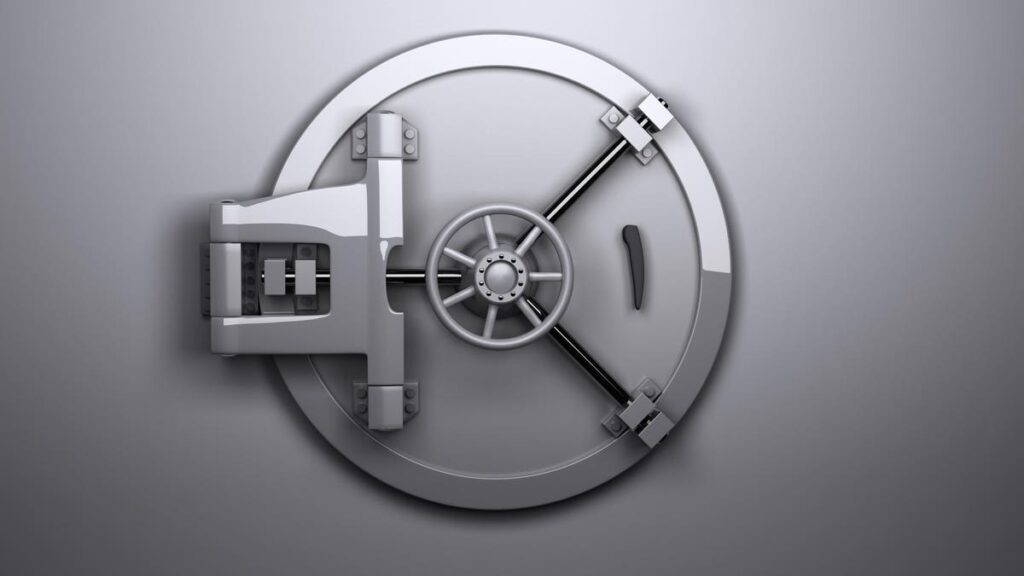Big bank lending to small businesses has stalled for over a year, while credit unions return to an all-time low. Loan approval percentages rose at regional and community banks and non-bank lenders.
Small business lending at big banks continues to get tighter.
gettySmall business loan approval percentages at big banks ($10 billion+ in assets) fell from 13.3% in July to 13.2% in August, according to the latest Biz2Credit Small Business Lending Index™. Last month’s figure represents a nearly two percent drop from August 2022, when approvals were from the largest banks stood at 15.1%. Big bank lending to small businesses has dipped every month since June 2022.
Small businesses looking for funding are having a difficult time securing it from big banks. We have seen it for more than a year. Big banks always had deposit money on hand. They always thought of it as permanent cheap capital. Now the interest rates are higher. Further, the branch systems that big banks built are expensive to maintain, and I expect that they will shrink. Banking has increasingly gone digital, especially post-COVID, and it’s not going back.
NEW YORK, NY – Sept. 11. 2023: Jamie Dimon, CEO of JPMorgan Chase, says that stricter capital … [+]
Getty ImagesAnother element in the mix is the proposal of banking regulators that lenders keep a higher percentage of their assets in reserve. Jamie Dimon, CEO of JPMorgan Chase, the nation’s largest bank, sharply criticized the idea at an industry conference in New York and warned that stricter capital requirements could lead to a slowdown in lending. He called the proposals “hugely disappointing,” according to a report by Reuters.
Small banks are still more reliable sources of small business loans. Regional and community banks continue to see approval percentage increases, rising from 18.9% in July to 19.1% in August. However, the figures are far below what they were pre-pandemic. For instance, in February 2019, small banks granted more than half (50.3%) of their business funding requests.
SBA 7a loan empty form for filling in.
gettyOne reason for stability of business lending at smaller banks is that they typically process more government-backed SBA loans that reduce the lenders’ exposure to risk. The popular 7(a) loan program offers loan guaranties to lenders that allow banks to provide financial help for small businesses. The SBA 7(a) loans can be used for:
· Acquiring, refinancing, or improving real estate and buildings;
· Short- and long-term working capital;
· Refinancing current business debt;
· Purchasing and installation of machinery and equipment;
· Purchasing furniture, fixtures, and supplies; and
· Changes of ownership (complete or partial).
The maximum loan amount for a 7(a) loan is $5 million. Key eligibility factors are based on its industry, income, credit history, and location where the business operates.
All is not rosy, however, for smaller banks. In recent years, they became more active in commercial real estate loans and did not see the bottom falling out in the commercial real estate market he explained. I suspect we will see downsizing and forced acquisitions in the coming months. Many mid-sized banks have high exposure in commercial real estate. This situation can only hurt small business lending.
Some good news comes in the rising approval rates of institutional investors, which saw approvals rise from 27.3% in July to 27.4% in August. Alternative lenders improved from 29.3% in July to 29.5% in August. Institutional investors and other non-bank alternative lenders remain frequent sources of capital for small businesses, although the interest rates they charge are typically higher than the rates of bank loans.
Total nonfarm payroll employment increased by 187,000 in August, and the unemployment rate rose to 3.8%, according to Jobs Report released by the U.S. Bureau of Labor Statistics on Friday, Sept. 1. Employment continued to trend up in health care, leisure and hospitality, social assistance, and construction. Employment in transportation and warehousing declined. Many of these jobs are created by small business.
Federal Reserve Board ChairJerome Powell (Photo credit: SAUL LOEB/AFP via Getty Images)
AFP via Getty ImagesWe are in complicated economic times. While low unemployment is typically a good thing (compared to recessionary times when too many people are out of work), the tight labor market means businesses have a higher cost of wages. This, along with rising gas prices and other inflationary pressures, combines to reduce profits of small businesses, Meanwhile, the Federal Reserve’s continuous interest rate hikes have upped the cost of capital at a time when it is not easy to secure it in the first place. These factors all result in the current business credit crunch.
The post originally appeared on following source : Source link
